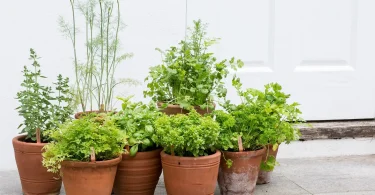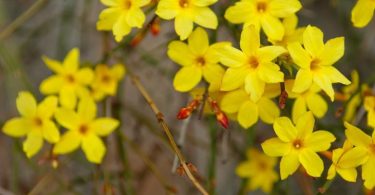Echinacea, also known as purple coneflower, is one of the most popular herbal plants used to support the immune system. Known for its stunning blooms and medicinal benefits, echinacea is surprisingly easy to grow echinacea, whether in a garden bed, balcony pot, or small backyard.
If you want to add a beautiful, low-maintenance, immune-boosting plant to your garden, this step-by-step guide covers everything you need to know, from planting and soil preparation to watering, harvesting, and troubleshooting.

Why Grow Echinacea at Home?
Growing echinacea at home offers several benefits:
- Ideal for medicinal herb gardens
- Natural immune support (most commonly used in teas, tinctures, and supplements)
- Drought-tolerant and low-maintenance
- Attracts pollinators like bees and butterflies
- Beautiful, long-lasting flowers
How to Grow Echinacea at Home
1. Choose the Right Echinacea Variety
The most common and medicinally valuable species include:
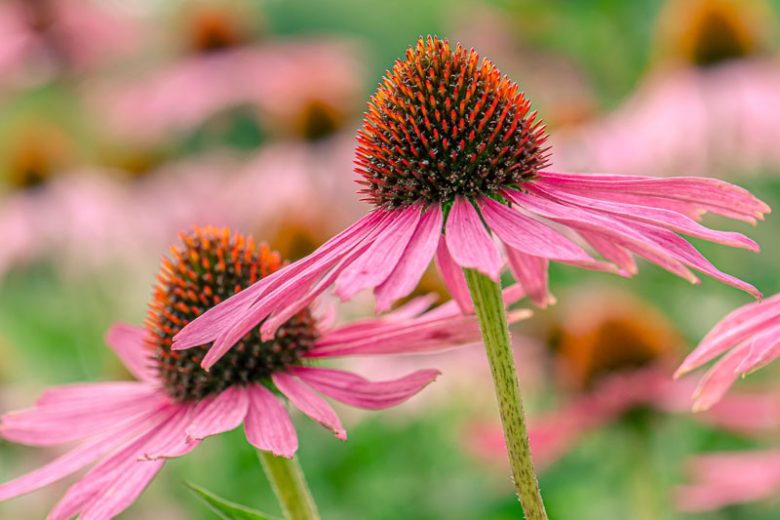
- Echinacea purpurea – Best for beginners
- Echinacea angustifolia – Strongest medicinal compounds
- Echinacea pallida – Narrow petals, very hardy
If your primary goal is immune support, choose E. purpurea or E. angustifolia.
2. Pick the Perfect Growing Location
Echinacea thrives in:
- Full sun (6–8 hours daily)
- Well-draining soil
- Slightly sandy or loamy soil
They can tolerate poor soil but will rot in soggy, clay-heavy ground.
3. Planting Echinacea
From Seeds
- Start seeds indoors 10–12 weeks before spring.
- Chill seeds in the refrigerator for 4 weeks to improve germination (stratification).
- Plant seeds ¼ inch deep in seed trays.
- Move them outside when the danger of frost passes.
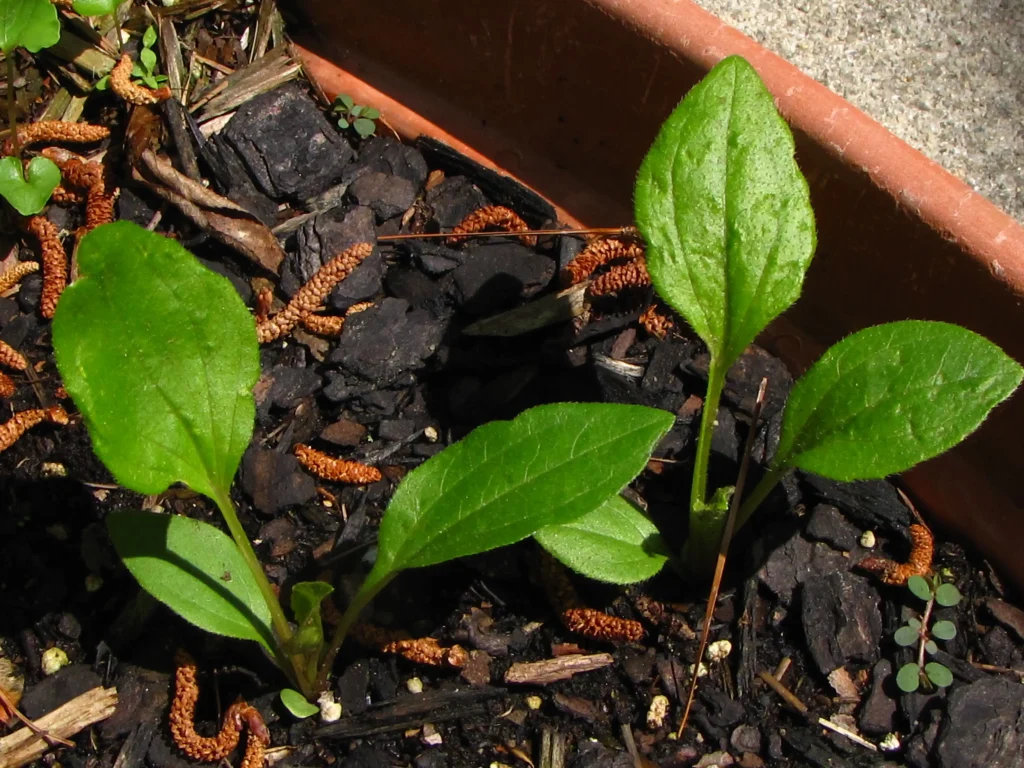
From Transplants/Seedlings
- Dig a hole twice the size of the root ball.
- Place the plant in and backfill with soil.
- Water well after planting.
From Divisions
- Replant divisions in sunny spots.
- Mature echinacea can be divided in early spring.
4. Watering Requirements
Echinacea is drought-tolerant but needs proper watering during the early stages.
- Avoid overwatering — echinacea hates soggy soil
- New plants: Water 2–3 times a week
- Established plants: Water once every 7–10 days
5. Soil and Fertilizer Needs

- Avoid heavy fertilizers, echinacea prefers lean soil.
- Use well-draining soil with a slightly sandy texture.
- Fertilize lightly with compost in spring.
6. Sunlight Requirements
Echinacea needs:
- Full sun for strong growth and potent medicinal compounds
- Can tolerate light shade but may bloom less.
7. Pruning and Maintenance
- Cut stems back to the ground after winter.
- Deadhead spent flowers to encourage more blooms.
- In fall, leave seed heads for winter birds (optional).
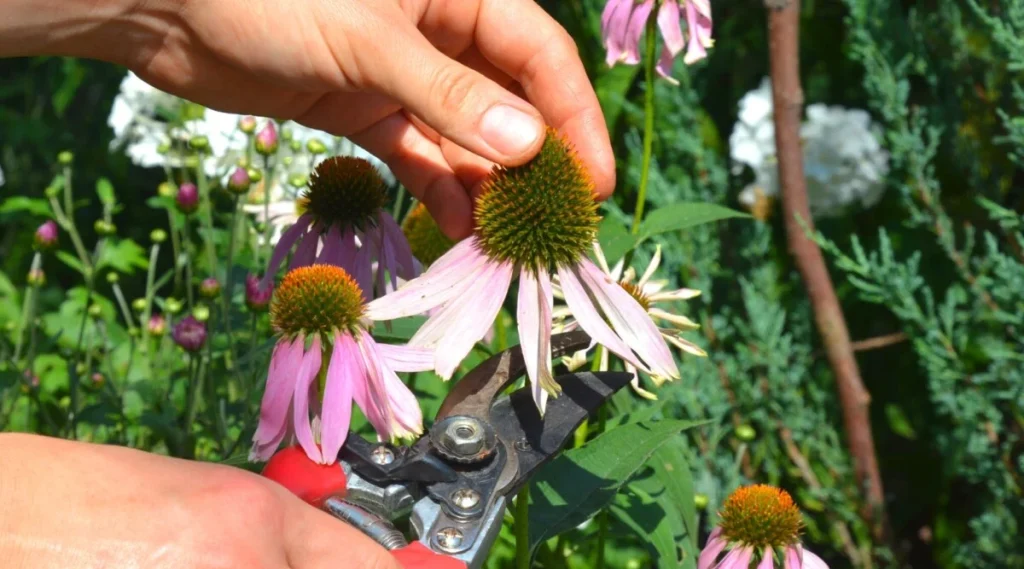
Troubleshooting Guide for Growing Echinacea
| Problem | Symptoms | Causes | Solutions |
|---|---|---|---|
| Slow or no germination | Seeds not sprouting | No cold stratification | Refrigerate seeds 4 weeks before planting |
| Wilting plants | Droopy, weak stems | Overwatering or poor drainage | Reduce watering; amend soil with sand/compost |
| Yellowing leaves | Pale or yellow foliage | Nutrient imbalance or too much shade | Add compost; move to sunnier spot |
| Root rot | Mushy roots, foul smell | Waterlogged soil | Improve drainage, reduce watering |
| Powdery mildew | White powder on leaves | Humidity + poor airflow | Space plants properly; prune for airflow |
| Weak blooms | Small or few flowers | Not enough sunlight | Ensure 6–8 hours of full sun |
| Pests (aphids) | Sticky leaves, small insects | Sap-sucking insects | Spray neem oil or use insecticidal soap |
Tips to Boost Echinacea Growth
- Avoid planting in overly rich soil, which reduces medicinal potency.
- Add mulch around plants to retain moisture.
- Space plants 18–24 inches apart.
- Attract pollinators with companion plants like lavender or bee balm.
Harvesting Echinacea for Immune Support
Both leaves and roots are used medicinally.
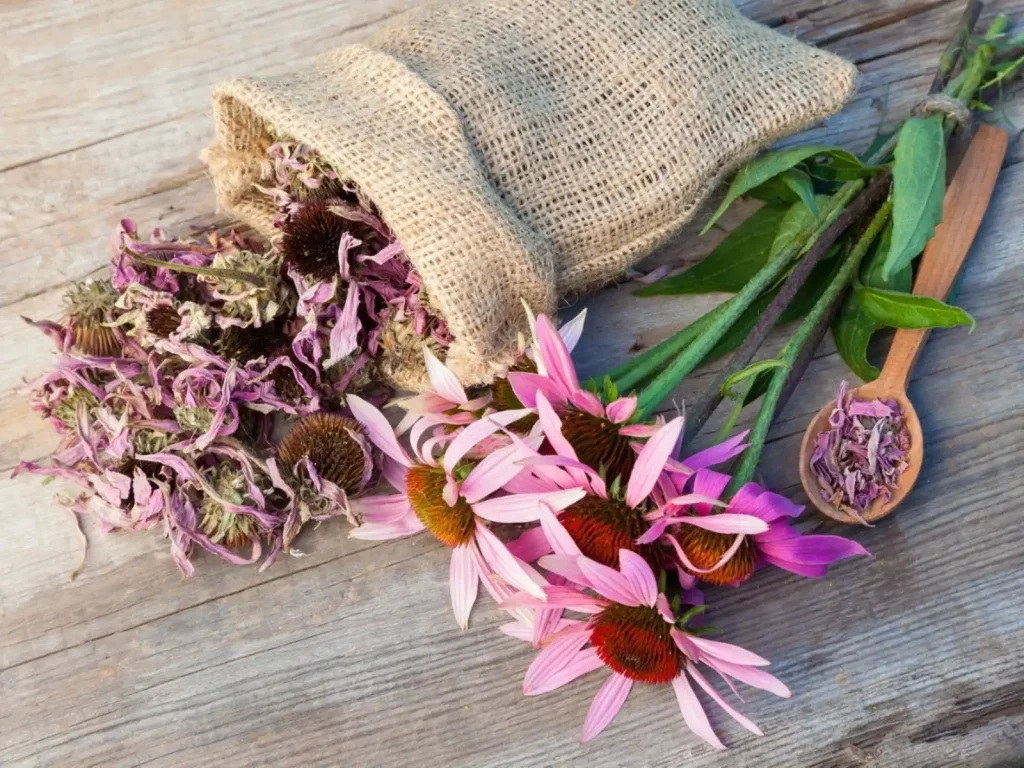
Leaves
- Harvest during summer when plants are lush.
- Use fresh for teas or dry for storage.
Roots
- Harvest in the plant’s 3rd year for maximum strength.
- Wash, chop, and dry the roots.
Flowers
Petals and cones are used in teas and tinctures.
Final Thoughts
Growing echinacea at home is not only beautiful but also a powerful way to support your immune system naturally. With minimal care, full sun, and proper watering, this hardy herb will reward you with long-lasting blooms and potent medicinal benefits.
Whether you’re planting echinacea in garden beds or pots, you can enjoy an abundant supply of fresh herbal medicine right from your home.


